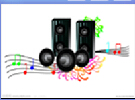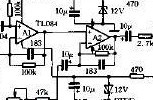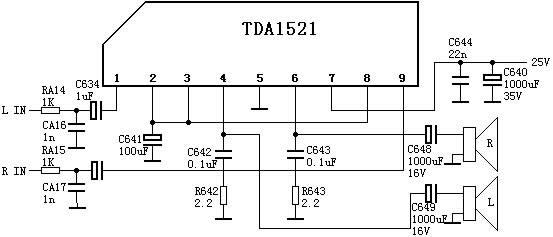Acoustic circuits usually include capacitors such as filtering, coupling, bypass, and frequency division. How to use various types of capacitors in the circuit more effectively has a greater impact on the improvement of acoustic sound quality.
Coupling capacitance
The capacity of the coupling capacitor is generally between 0.1μF-10μF. The use of mica, polypropylene, ceramics and other small loss capacitors has better sound quality. The main brands are:
1. German WIMA capacitor: It is characterized by fast speed, low loss, natural sound quality balance, cold tone, suitable for a variety of listening requirements. There are many varieties of WIMA capacitors, the best is Black Box, followed by MKP and MKS. Nowadays, most of them are disassembled products, and the price is not expensive. The other is the German ERO capacitor, with characteristics similar to WIMA.
2. French SOLEN capacitor: rich and soft tone, full of musical sense. Too hot equipment is suitable for supplementing with SOLEN. The most outstanding performance is that the loss angle tgδ is particularly low, which is worthy of being the world's ace polypropylene capacitor!
3. RIFA (Australia and Sweden) capacitor: This capacitor is the most suitable for the complementary frequency divider, and has strong penetration power for high frequency.
4. Dutch Thomson MKP capacitors: sound quality is naturally balanced, and the mid-to-high frequency is relatively rich. Closer to WIMA capacitor.
Preamplifier, crossover, etc.
Capacitors used on preamplifiers, audio controllers, and electronic crossovers have a capacity between 100pF-0.1μF; mica and styrene capacitors should be used.
The speaker crossover LC network generally adopts a capacitor with a larger capacity between 1μF and several 10μF. Currently, MKP, MKT and CBB capacitors are used in high-end crossovers. The capacitor used in the LC network has a larger capacity. Metalized plastic films or non-polar electrolytic capacitors should be used. Among them, if the inorganic electrolytic capacitor is non-etched, it can obtain excellent sound quality.
Filter capacitor
After rectification, the capacitor for filtering has a large capacity, so electrolytic capacitors must be used. When the filter capacitor is used in the pre-amplifier, the capacity is only about 1000μF. When it is used in the power amplifier, its value should be more than 10000μF.
When the power supply filter circuit directly supplies the amplifier to work, the larger the capacity, the better the sound quality. But a large-capacity capacitor will cause the impedance to rise from around 10KHz. In this case, several small capacitors should be connected in parallel to form a large capacitor and several film capacitors should also be connected in parallel as high-frequency compensation. Next to the large capacitor to suppress the rise of high-frequency impedance, the parallel connection of the filter circuit capacitors is shown in the following figure:


Follow WeChat

Download Audiophile APP

Follow the audiophile class
related suggestion
On the technical level, the system is mainly completed with an integrated chip. In this design, the LM4610N with 3D surround sound field processing function is used ...

Subwoofers are increasingly showing their importance in modern audio production and home theaters, and new devices and circuits are emerging one after another. Here are a few ...

Subwoofer audio circuit

